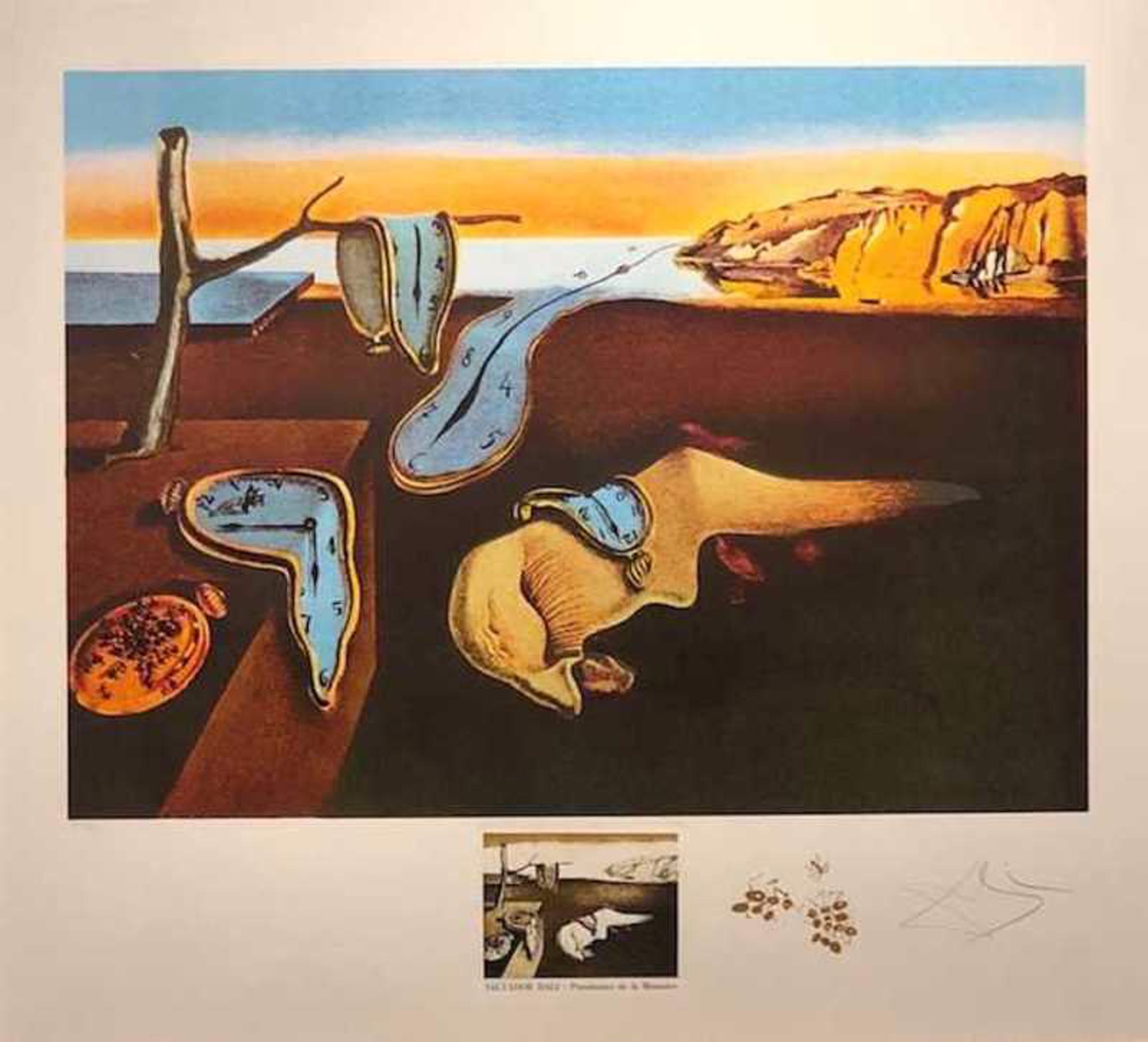

This disparity may be due to asymptomatic boosting by YFV exposure in endemic subjects, unreported YFV vaccine boosts in endemic subjects, infection with other flaviviruses, age differences of vaccinees, or other unknown confounders/effect modifiers. Specifically, when stratified and pooled by endemic/nonendemic regions, 92.7% (359 of 387) of endemic subjects were seropositive by various criteria, but only 83.7% (282 of 337) of nonendemic subjects were seropositive. However, these serosurveys were heterogeneous in both methods and results, calling into question the generalizability of the overall conclusion. The policy changes were based in part on data from prior cross-sectional serosurveys, summarized in the WHO Grading of Recommendations Assessment, Development and Evaluation (GRADE) ( Table 3), that showed an average of 88% of vaccinees remained seropositive for 10 or more years after single-dose vaccination. In 2013, the World Health Organization (WHO) Strategic Advisory Group of Experts (SAGE) on vaccination concluded that there was “no demonstrated need” for a 10-year boost, a conclusion shared by the Centers for Disease Control and Prevention (CDC) Advisory Committee on Immunization Practices (ACIP) and the World Health Assembly, both of whom removed the 10-year boost recommendations from their guidelines in 20, respectively. These critical shortages led to a re-evaluation of the 10-year boost recommendation and exploration of strategies to extend vaccine stocks such as fractional vaccine dosing in emergency settings. However, rising global demand for vaccine doses to control YFV outbreaks has resulted in unprecedented worldwide shortages of 17D, and a production shutdown of the US supply has led to US reliance on European 17D supplies at a limited number of vaccination centers under an investigational new drug protocol. Taken together, the rising incidence of YFV outbreaks into previously well controlled endemic settings and introductions into unvaccinated populations in nonendemic settings demonstrate the enormous risk YFV still poses to the global population.Īlthough well regarded as highly immunogenic and durable, the yellow fever vaccine 17D, introduced in 1937, has been administered as a prime followed by boosting every 10 years to maintain YFV-neutralizing antibodies, which are thought to be both necessary and sufficient for protection. In addition, 11 YFV cases were imported by travelers into China from Angola in 2016, potentially exposing the largely unvaccinated Asian population to epidemic transmission. Ominously, city parks in São Paulo were closed in 2017 after at least 1 park-dwelling monkey died from YFV, whereas the Republic of Congo reported at least 1 confirmed case of YFV in the heart of the port city of Pointe-Noire in July 2018.


Over the past decade, YFV cases have surged dramatically, with an estimated 130 000 severe cases and 78 000 fatalities in Africa in 2013, 7334 sylvatic-urban cases in Angola and the Democratic Republic of Congo in 2015–2016, and ongoing sylvatic outbreaks in Brazil.

Historically, YFV caused explosive epidemics in Europe, the Americas, and Africa, and it remains endemic in 34 African and 13 South American countries. Yellow fever virus (YFV) is the prototype flavivirus-transmitted by Aedes spp and Haemogogus spp mosquitoes-and it is closely related to dengue virus (DENV) and Zika virus (ZIKV). (See the Major Article by Ndeffo-Mbah and Pandey on pages 2026–34, and the Editorial Commentary by Barrett on pages 1922–4.) 17D, immunity, neutralizing antibodies, vaccine


 0 kommentar(er)
0 kommentar(er)
